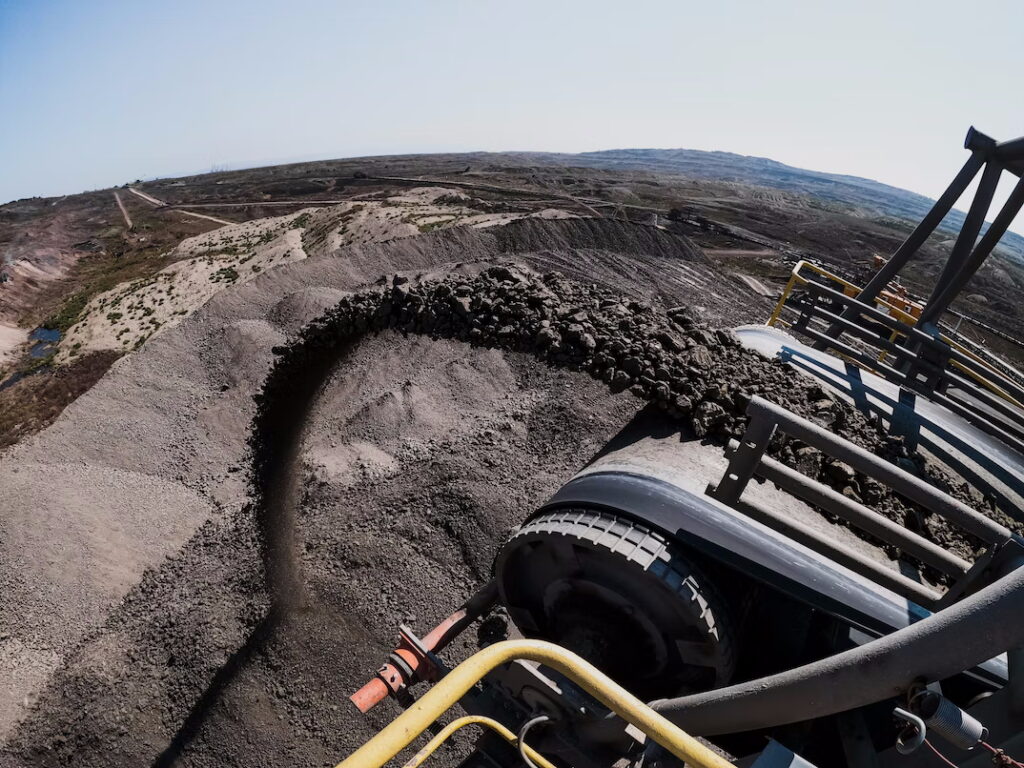Since the 18th century, coal has had a vital role in industrial production, energy, and heating. Even today, this fossil fuel is responsible for the majority of Asia’s energy production, led by China and India. Yet, as a fossil fuel, it is becoming increasingly regulated and costly to use. GHG emission regulations are ramping up globally and it seems that coal lacks any long-term perspectives. Despite this, demand and prices have been on their way up since 2021. So what is the future of coal in 2023?

1. Coal is still very important in Asia but is likely to be displaced by hydrogen in time.
While the world does aim to decarbonize, much of Asia is lagging behind. Particularly in the Asian Pacific region, demand for coal is high regardless of recent price increases. As Europe outcompetes everyone else for natural gas, many Asian countries are forced to use coal to supply energy. Mining companies are taking steps to limit GHG emissions, but demand is king. This year, Indonesian and Australian coal outputs hit record highs. Even Japan is utilizing it for energy as prices rise. China still produces more than half its power from coal. This trend is likely to outlast 2023, though slowly and surely more and more countries will switch to renewable energy.
2. Prices are likely to stay high while sanctions are in effect
Without access to cheap energy from Russia, demand is likely to remain high throughout 2023. A large share of this is driven by Asia, as mentioned in the previous paragraph. Gas shortages have a compounding effect, making coal more attractive even in markets that usually don’t use it. Even if sanctions are lifted in 2023, which appears unlikely, demand is set to increase in both China and India. As a result, prices should remain high and could even rise in 2023. The effect of sanctions on the energy market will wear off in time, however.
3. Coal production is likely to stay steady
Globally, coal production is on the rise. The EU, the US, and Indonesia are the only three areas set to decrease production in 2023. India alone is set to increase its coal output by more than the three aforementioned areas combined. Generally, production and consumption were already steadily increasing in 2021. The 2022 war in Ukraine, as mentioned previously, simply exacerbated this trend. As a result, with a steady supply and no reasons for demand to diminish, coal could appear more attractive to countries that would generally not consider it.
4. Investment in production is unlikely to grow
In the long term, investors still remain weary of coal. As GHG emission regulations ramp up, more and more countries will either limit it’s use or increase its cost of use. Simultaneously, hydrogen and solar power are expanding in Asia and at some point, they will replace fossil fuels. As a result, capital investments in coal are down by almost 20% in 2022. There is no reason to believe that investments will ramp up unless a second major energy crisis strikes the market. Even in such a case, these risks push countries and businesses into more local and sustainable energy sources.
5. Metallurgical coal remains tied to steel decarbonization
The steel industry also shapes the coal market as it is a vital material in the production of coke. Steel production is responsible for approximately 7% of global emissions, so the industry is seeking out methods to cut its carbon footprint. Some alternatives include hydrogen-based direct reduced iron (DRI). Unlike heating coal, metallurgical coal may actually see a decrease in demand in 2023. This is still unlikely to offset the high prices. However, beyond 2023, both metallurgical and heating coal use is set to diminish.
What should companies keep in mind?
The likely stability of coal in 2023 should be seen as an anomaly. Decarbonization and the energy crises are both responsible for general disruption in a variety of interconnected industries. This island of calm shouldn’t trick investors and businesses, fossile fuels are likely to diminish in global importance. Alternatives to coal already exist in the steel industry, while renewable energy for heating is a growing space. Companies need to prepare long-term plans to shift away from fossil fuel energy before the costs are too high. Similarly, coal production is unlikely to keep growing and is a risky investment. So what should companies do? First and foremost, businesses need a plan for transitioning energy sources. Learning from peers who have pioneered these changes is an important step. Join key decision makers at the 2nd Energy Transition for the Metals and Mining Industry conference, on January 19-20th, in Toronto, Canada. Industry leaders will gather to discuss and exchange the best practices for implementing green fuel and sustainable infrastructure. Visit future-bridge.eu or follow us on our social media to keep track of other events about sustainability and Scope 3 reporting.





